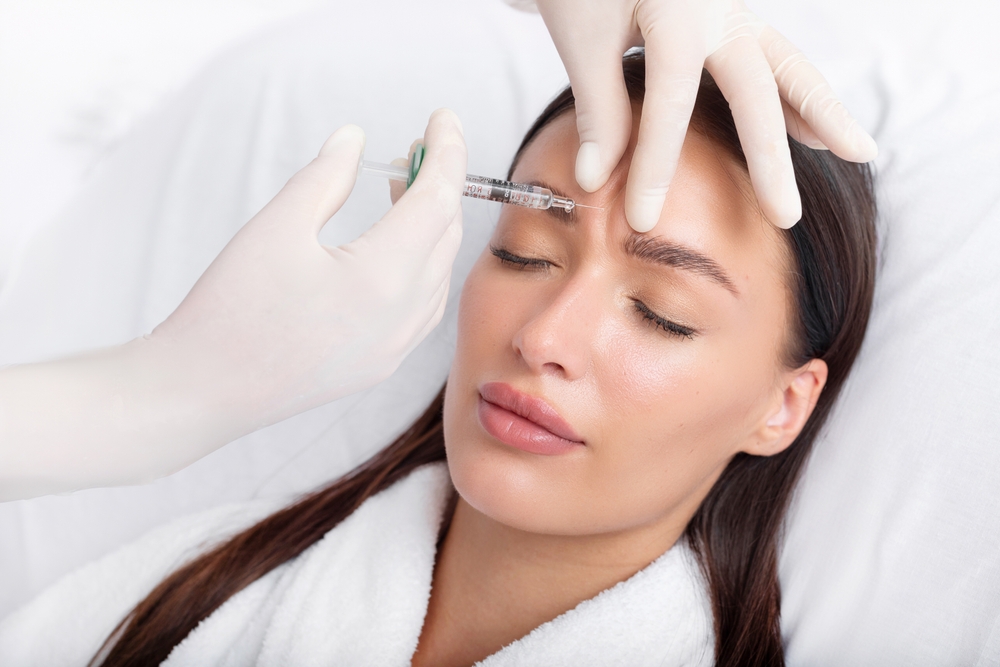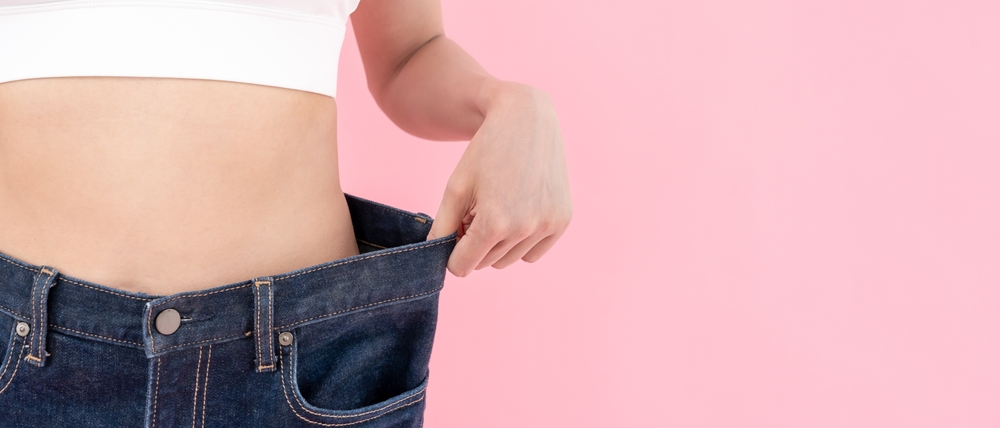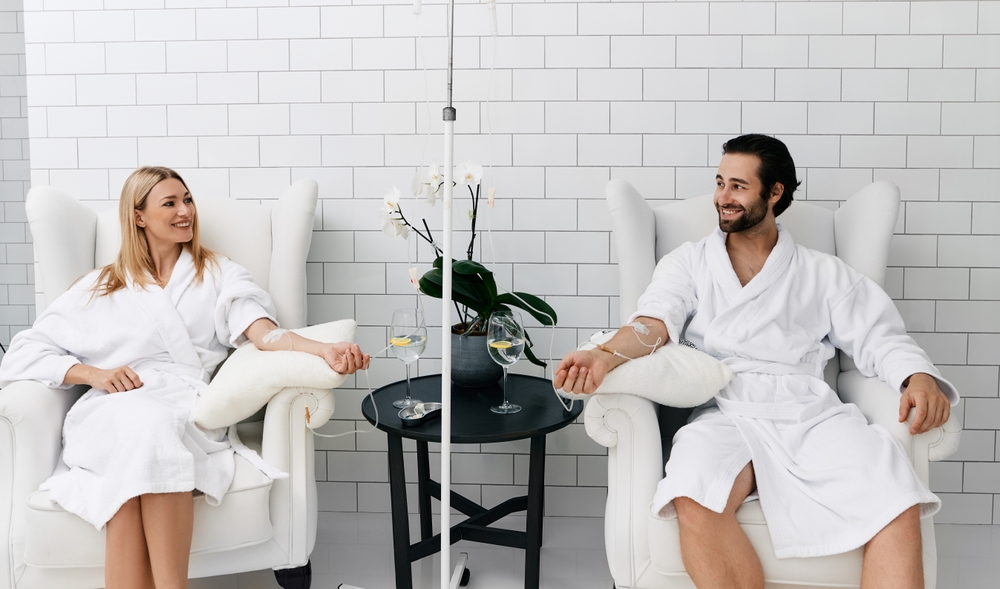When it comes to cosmetic enhancements, Botox is the first thing that comes to mind. It is popularly known for its aesthetic results. However, its uses and benefits go way beyond mere aesthetics. This blog post explores what exactly are Botox treatments, what the actual procedure encompasses, its benefits, and important post-treatment care tips that help maintain the achieved results.
What is Botox?
Botox is an injectable muscle relaxer that helps to reduce the severity of wrinkles and prevent new ones from forming. It contains botulinum toxin type A, a neurotoxin produced by the bacterium Clostridium botulinum. Botox injections involve a highly diluted form of the toxin that safely and temporarily inhibit the muscles movement. The unique properties and characteristics of Botox make it a versatile form of drug in both cosmetic and medical treatments.
Note: Botox or botulinum toxin type A is an injectable product. But, it is important to note that “Botox” is also a brand name for botulinum toxin type A products manufactured by the American brand Allergan.
How Does Botox Work?
Botox treatments for wrinkles act by blocking nerve signals that cause the muscles to contract. This relaxation of muscles can smooth out wrinkles and fine lines that appear on the face thus providing the Botox candidate with a more enhanced and youthful appearance. In addition, this muscle relaxation process can also treat different conditions that result from overactive or problematic muscle activity, such as temporomandibular joint (TMJ) disorder
Cosmetic Uses of Botox
Botox’s basic cosmetic aim is to soften facial wrinkles and fine lines. Generally, Botox treatments cover the following parts:
- Forehead lines: Thin and horizontal lines on the forehead.
- Glabellar lines: Frown lines between the eyebrows.
- Crow’s feet: Wrinkles around the eyes.
- Bunny lines: Lines on the nose.
- Lip lines: Fine lines around the mouth.
- Chin dimpling: Textured skin on the chin.
- Neck bands: Vertical lines on the neck.
The Botox Procedure
Evaluation and Preparation
Before beginning Botox treatments for wrinkles, your medical practitioner will spend atime with you to learn about your medical history, ongoing medications, and any other aspects that may be linked to your health. Certain drugs, such as blood thinners, may need to be stopped to prevent the potential risks of bruising. The practitioners will evaluate the areas on your face where you want wrinkles or fine lines to be reduced. They may draw a personalized treatment plan on your face to map out a guide. Once the evaluation is completed, they will suggest what areas can be targeted to achieve the best possible results.
Injection
Once you and your healthcare provider agree on the Botox treatment plan, a thin needle will be used to inject a small dose of botulinum toxin type A into the targeted facial muscles. This procedure is quick and typically ends within 10-30 minutes. However, you will be required to visit your medical practitioner in short intervals as recommended by him/her to evaluate the results and maintain them. The amount of injectables and the length of time between treatments will be based on the complexity of the case and targeted areas. To ensure that you feel comfortable and confident throughout the procedure, it is important to consider the best Botox treatments in Santa Ana.
Post-Injection
After getting a botulinum toxin type A injection into the targeted facial muscle, the patients can return to most of their normal activities the following day. Nevertheless, it is crucial to adhere to aftercare instructions to achieve optimum outcomes and avoid any potential complications.
Benefits of Botox
Botox treatments for wrinkles have an impact not only on the aesthetic aspects but it extends beyond it. Some of the notable benefits of this procedure include:
Minimally-invasive: Botox injections are a minimally invasive treatment option. While performing this procedure, a surgical intervention is not required. In addition, the recovery time is minimal, allowing Botox candidates to return to their daily activities from the following day.
Quick results: Botox treatments provide quick results. You may start noticing the results within a few days. However, depending on various factors like the severity of your cosmetic concerns and your lifestyle choices after treatment, it commonly takes up to two weeks to show full effects.
Versatility: Botox, apart from its common purposes, can be effectively utilized to treat a wide array of both aesthetic and medical problems including sweating, overactive bladder, muscle spasm, and other conditions.
Temporary effects: For individuals who are afraid of permanent changes or looking for short-term solutions because of their work schedule or lifestyle, Botox can produce a smoother transition that usually lasts from three to six months. Consider the best Botox treatments in Santa Ana for optimum results.
Pain management: Botox can be used as an alternative treatment to alleviate the suffering of patients with chronic pain, providing them relief.
Botox Aftercare
To achieve and maintain optimum results, one has to follow aftercare instructions given by a medical professional properly. It ensures the effectiveness of the injectable and minimizes side effects. Here are some best practices to follow to avoid any potential complications and maintain the cosmetic results:
Avoid Touching the Area: The area where Botox is injected should not be massaged or rubbed for 24 hours. This precaution will help to prevent the toxin from spreading over areas that were not intended to be injected, therefore reducing unexpected side effects.
Stay Upright: Try to remain upright for a minimum of 4 hours post-treatment procedure. This means you need to avoid lying down on your bed or bending excessively.
Exercise can be skipped for the day: It is advisable to avoid intensive workouts for 24 hours after the treatment . While doing workouts, blood flow in your body may increase, resulting in the toxin spreading to unintended areas. The increased body temperature can also denature the product, reducing the effectiveness of the treatment.
Facial Yoga: Mild facial movements like frowning, smiling, and raising your eyebrows can help Botox settle down into the targeted muscles.
Avoid Sun/Heat Exposure: Don’t go out for prolonged exposure to the sun. Also, avoid using the tanning bed, taking hot showers, and a hot tub bath for at least 24 hours. These heat exposures can denature the product, which is not ideal for Botox to perform its actions.
No Alcohol: Say no to alcohol for 24 hours both before and after the Botox treatments for wrinkles. This will help in avoiding the potential risk of bruising that comes with alcohol consumption.
When to Seek Medical Help
While Botox treatments are generally safe, some side effects require medical attention. Seek help if you experience:
- Muscle weakness: Especially if it’s away from the treated area.
- Difficulty swallowing, speaking, or breathing: These could indicate that the toxin has spread beyond the targeted muscles.
- Vision changes: Blurred vision or drooping eyelids.
- Severe headache or flu-like symptoms: Persistent and severe symptoms should be evaluated.
Conclusion
Botox treatments for wrinkles offer numerous cosmetic benefits, such as reduced signs of aging like facial wrinkles and fine lines. However, it also provides other health benefits ranging from eased symptoms of neck spasms to reduced muscle spasms and migraines. By learning different aspects of Botox and understanding how it works to produce better outcomes, you can make the right decision about whether Botox is suitable for you. We highly suggest seeking medical advice and guidance from a licensed healthcare practitioner to ensure that the prescribed treatment is both safe and effective to meet your specific needs.
Disclaimer
This website is not an attempt to practice medicine or provide specific medical advice, and it should not be used to make a diagnosis or to replace or overrule a qualified healthcare provider’s judgment. Users should not rely upon this website for emergency medical treatment. The content on this website is not intended to be a substitute for professional medical advice, diagnosis, or treatment. Always consult with a qualified and licensed physician or other medical care provider, and follow their advice without delay regardless of anything read on this website.



